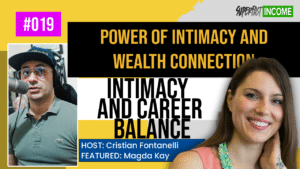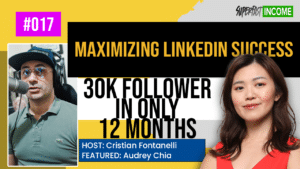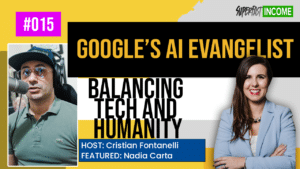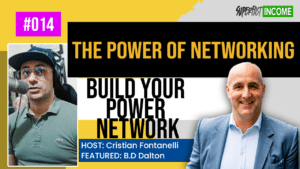Philip explores how emotions drive spending, highlighting the appeal of retail therapy. This habit of buying for pleasure can result in guilt and regret, particularly if it stops us from using money for more important things.
Listen to the full episode here>>
Breaking the Cycle: Philip’s Insight on Emotional Spending
A scenario Philip encounters frequently involves clients who, in social settings like dining out with friends, feel compelled to pick up the tab. This act, driven by the desire to please others and maintain a certain image, can mask deeper financial insecurities and a lack of awareness about one’s spending motivations.
Philip illuminates the fact that a significant portion of our financial decisions are emotionally charged and executed subconsciously. These decisions, often habitual and automatic, bypass thorough reasoning to avoid the discomfort of detailed analysis. This insight reveals why some individuals struggle with saving or adhering to a budget—they are under the influence of ingrained spending habits.
To counteract this, Philip suggests a strategy of delayed gratification. He recounts an interaction with a client who was challenged to walk away from a desired item and reconsider the purchase after a week. The client’s initial resistance, fearing the item’s unavailability later, led to a transformative realisation: the difference between ‘want’ and ‘need.’
The success of this approach was confirmed when the client excitedly reported their ability to forgo an impulsive purchase, recognising it as a mere want. This breakthrough moment signified a shift from unconscious to conscious spending, highlighting the importance of understanding the emotional drivers behind our financial decisions.
Philip’s approach not only aids in managing spending but also fosters a deeper self-awareness, empowering individuals to differentiate between immediate desires and genuine needs, thus paving the way for healthier financial habits.








